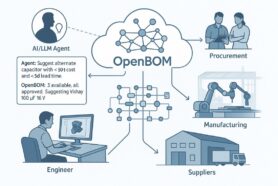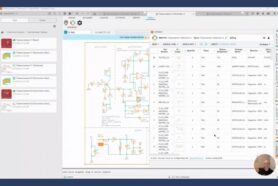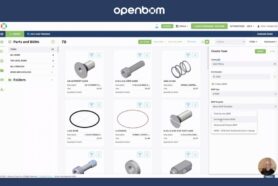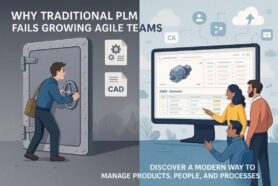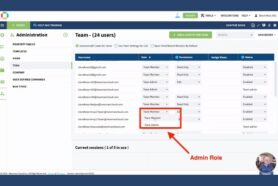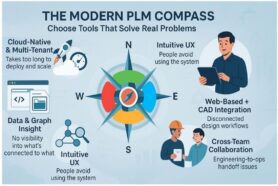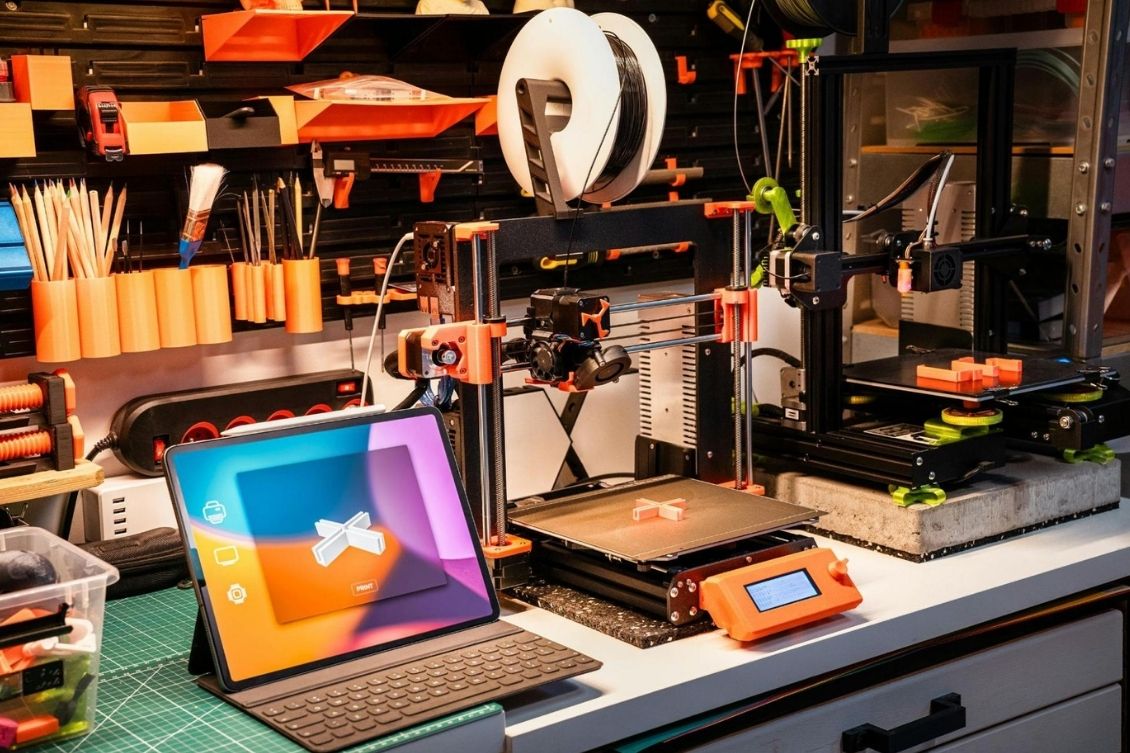
Prototyping is an essential step in product development, allowing you to test designs, validate concepts, and refine your product before moving to production. But if you’re managing your prototype BOM with spreadsheets, you’re likely running into hidden inefficiencies that slow you down, increase costs, and create unnecessary risks.
Without a digital BOM, keeping track of parts, changes, suppliers, and costs becomes chaotic. A missing component, an outdated file, or a simple miscommunication can cause delays, expensive rework, or even failed prototypes. In this blog, we’ll explore the key things you’re missing when you don’t use a digital BOM and how these gaps can impact your journey from development to production.
Lack of Version Control Leads to Costly Mistakes
Prototypes go through multiple changes, with engineers refining designs, testing new components, and making adjustments based on performance. Without a digital BOM, keeping track of these changes becomes difficult. You’ll lose track of the components you have used and forget which parts were used in which prototypes.
When using spreadsheets, there’s no built-in version control. Teams may accidentally order outdated parts, use the wrong component revisions, or work from an old BOM file, leading to costly mistakes. A single misstep, like a supplier receiving the wrong part number, can delay an entire prototype build, forcing expensive last-minute fixes.
A digital BOM ensures that everyone is working from the latest, most accurate version, eliminating confusion. With real-time updates and change tracking, teams can confidently move forward, knowing that they have the right parts, materials, and specifications for each iteration of the prototype.
Miscommunication Between Teams and Suppliers
Prototyping requires collaboration between engineers and external suppliers. When you’re not using a digital BOM, this communication often happens through scattered emails, outdated spreadsheets, and manual data entry, all of which increase the risk of errors.
If a supplier receives an incomplete or outdated BOM, they might order the wrong components, substitute incorrect materials, or miscalculate lead times. Similarly, internal teams might work from different versions of the BOM, leading to confusion over specifications, part numbers, or approved vendors. These miscommunications can cause delays, drive up costs, and even result in prototype failures.
A digital BOM centralizes all data in a single, always up-to-date system, ensuring that everyone, both internal teams and suppliers, has access to the latest, most accurate information. With a structured approach to sharing BOM data, you reduce misunderstandings, streamline procurement, and improve the efficiency of your prototyping process.
Inefficient Part Sourcing and Ordering
Sourcing the right parts for a prototype is a time-sensitive process, but without a digital BOM, it quickly becomes far more complex. Teams relying on spreadsheets often waste time manually looking up supplier information, cross-referencing part numbers, and tracking availability, leading to delays and mistakes.
Without a centralized system, it’s easy to accidentally purchase the wrong parts, overlook lead time constraints, or miss opportunities to consolidate orders and reduce costs. In some cases, teams may not even realize a component is obsolete until after placing an order, causing further delays in the prototyping schedule.
A digital BOM automates part sourcing by linking directly to supplier databases, providing real-time pricing, availability, and lead time information. With structured, up-to-date procurement data at your fingertips, you can confidently source the right components, avoid last-minute surprises, and keep your prototype build on track.
Losing Track of Costs
Prototyping can get expensive fast, especially when costs aren’t being actively monitored. Without a digital BOM, tracking expenses becomes a manual and error-prone process, often relying on disconnected spreadsheets or scattered emails. This lack of visibility makes it easy to underestimate costs, exceed budgets, or miss opportunities to optimize spending.
If you do not have a transparent BOM then you will not be able to answer important questions, such as the following:
- Are you paying too much for certain components?
- Are there cost-effective alternatives?
- How do material costs impact your overall prototype budget?
Without clear answers, overspending and inefficiencies creep in, making it harder to justify costs when transitioning from prototype to production.
A digital BOM provides real-time cost tracking, automatically updating material and component prices from suppliers. It gives teams instant insights into prototype expenses, making it easier to stay on budget, compare supplier pricing, and make informed decisions that balance cost and quality.
Difficulty Transitioning from Prototype to Production
A successful prototype is only the first step, going from prototype to production requires a structured, repeatable process. Without a digital BOM, this transition can become chaotic, leading to unnecessary delays, errors, and costly rework.
When prototype data is scattered across multiple spreadsheets and emails, teams struggle to standardize the final design, validate part selections, and ensure suppliers have the right information. Missing or inconsistent data can result in last-minute engineering changes, unexpected sourcing issues, or production bottlenecks—all of which slow down the manufacturing process.
A digital BOM creates a seamless bridge between prototyping and production by maintaining a single source of truth for all part numbers, specifications, and suppliers. It ensures that once the prototype is finalized, the approved design can be effortlessly transitioned to full-scale manufacturing—without miscommunication, missing details, or last-minute surprises.
Conclusion
Managing a prototype without a digital BOM might seem manageable at first, but the hidden inefficiencies add up quickly. Version control issues, miscommunication with suppliers, inefficient part sourcing, lack of cost tracking, and difficulties transitioning to production can all lead to costly mistakes and delays.
A digital BOM eliminates these risks by providing a centralized, always up-to-date source of truth for your prototype. It keeps your team aligned, streamlines procurement, and ensures a smooth path from prototype to production.
If you’re still relying on spreadsheets or disconnected tools, now is the time to rethink your approach. Explore how OpenBOM can help you take control of your BOM management and avoid these common pitfalls.
By: Jared Haw
Join our newsletter to receive a weekly portion of news, articles, and tips about OpenBOM and our community.





